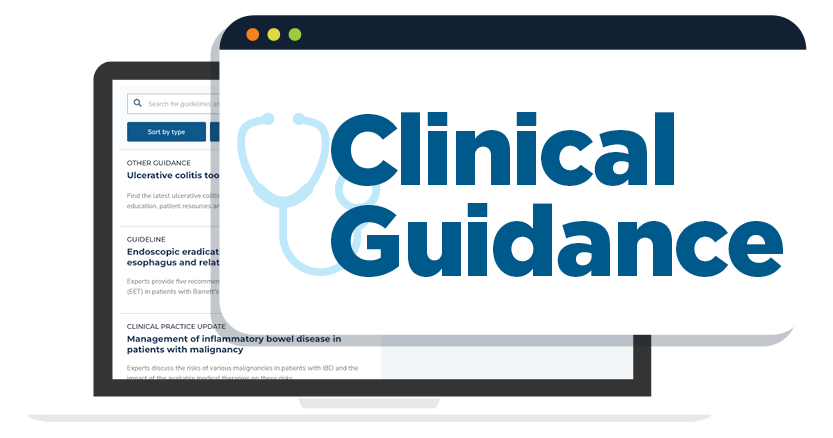1. In outpatients with new-onset diarrhea, ascertain information about high-risk contact exposure; obtain a detailed history of symptoms associated with coronavirus disease 2019 (COVID-19), including fever, cough, shortness of breath, chills, muscle pain, headache, sore throat, or new loss of taste or smell; and obtain a thorough history for other gastrointestinal (Gl) symptoms, including nausea, vomiting, and abdominal pain.
2. In outpatients with new-onset Gl symptoms (eg, nausea, vomiting, abdominal pain, and diarrhea), monitor for symptoms associated with COVID-19, as GI symptoms may precede COVID-related symptoms by a few days. In a high COVID-19 prevalence setting, COVID-19 testing should be considered.
3. In outpatients with new-onset Gl symptoms (eg, nausea, vomiting, abdominal pain, and diarrhea), monitor for symptoms associated with COVID-19, as GI symptoms may precede COVID-related symptoms by a few days. In a high COVID-19 prevalence setting, COVID-19 testing should be considered.
4. In outpatients with new-onset Gl symptoms (eg, nausea, vomiting, abdominal pain, and diarrhea), monitor for symptoms associated with COVID-19, as GI symptoms may precede COVID-related symptoms by a few days. In a high COVID-19 prevalence setting, COVID-19 testing should be considered.
5. In patients (outpatients or inpatients) with elevated liver function tests (LFTs) in context of suspected or known COVID-19, evaluate for alternative etiologies.
6. In hospitalized patients with suspected or known COVID-19, obtain baseline LFTs at the time of admission and consider LFT monitoring throughout the hospitalization, particularly in the context of drug treatment for COVID-19.
7. In hospitalized patients undergoing drug treatment for COVID-19, evaluate for treatment-related Gl and hepatic adverse effects.












